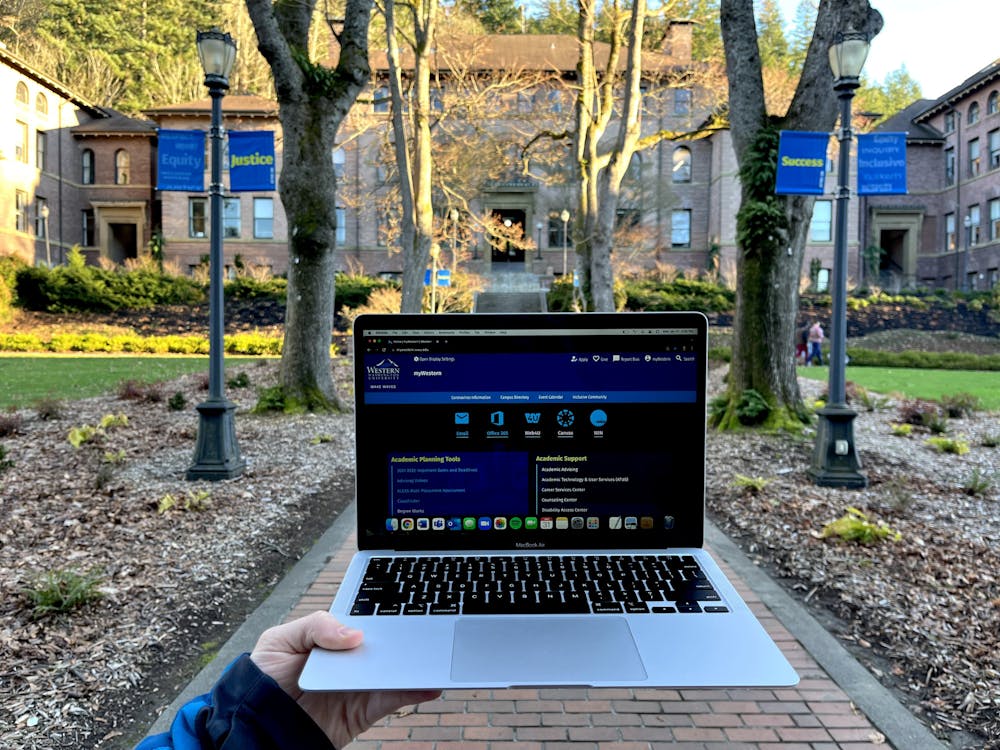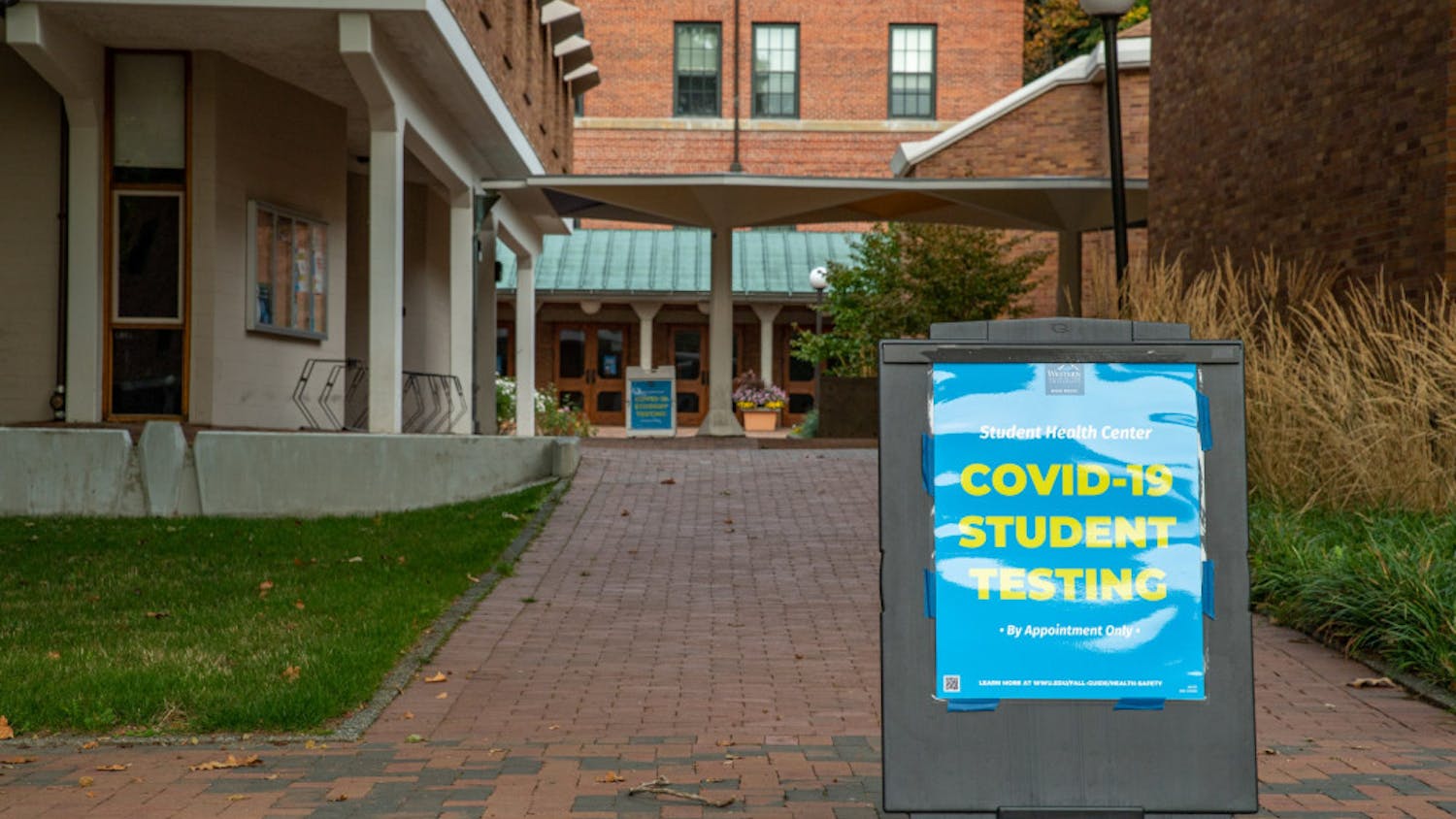Winter quarter at Western Washington University got off to a tumultuous start. Students and faculty received an email on Jan. 10 saying that courses were moving online for two weeks due to the spike in community COVID-19 cases.
This announcement came after Western reinforced the decision to begin in-person classes only five days before and the University of Washington had already made the decision to offer a remote option for all courses through Jan. 28. Eastern Washington University, which began instruction a week later on Jan. 10, opted for face-to-face learning.
Though all three of these institutions are public Washington universities, their approaches to class modality during the omicron spike have varied. Many factors go into this variation.
One factor is class start dates. With Eastern beginning classes a week after both Western and UW, they were able to better communicate with staff and faculty before returning from break.
“The testing and isolation that students and faculty and staff needed to engage in on other campuses, we could do that and ask students who tested positive before they came back to campus to simply stay home,” Eastern President David May said.
UW, which returned to a fully in-person schedule on Jan. 31, began the first three weeks of the quarter with a hybrid of in-person and online classes. For every class offered in-person, instructors were required to also provide a remote option.
“That was for a variety of reasons,” said UW Senior Director of Media Relations, Victor Balta. “One was to keep density down, but also if you have a lot of people testing positive, even when the majority are asymptomatic or very mild we obviously still wouldn’t want them to be out and about. It’s best to keep some distance and keep that remote option.”
Recently, a group of Western students have organized to push for this dual-modality option. However, the task of simultaneously running an in-person and online classroom is not easy for faculty.
“We saw the vast majority of instructors just decided to go all online during that time because of the challenge,” Balta said. “It’s very, very challenging to maintain a productive kind of classroom conversation discussion with half or less or more of the students in the room and half or less or more of them on a screen.”
Western determines class modality through multiple criteria.
“Those decisions are made in conjunction with advice and data from state and local health departments, campus health care and mental health care providers, and input from subject-matter experts from across the university, from Facilities Management to University Residences and more,” said WWU Associate VP for Academic Affairs, Brian Burton in an email.
Scarlet Tang, the Whatcom County Health Department communications specialist, reinforced the university’s collaboration with the department when it comes to making decisions.
“WWU takes the Whatcom County Health Department’s guidance and data into considerations when making decisions about class modality,” Tang said in an email.
Despite being intentional about the factors that go into these class modality determinations, it is impossible for any decision to please everyone, especially when 13% of Western students are out-of-state. For these students, travel between their hometowns and Bellingham for in-person classes is much more difficult.
Fourth-year Zofia Danielson, an environmental science major, is from Sitka, Alaska.
Danielson traveled back from her hometown to attend in-person classes on Jan. 10. Due to Sitka being on an island and not on the road system, travel involves stopping in several towns to get to a final destination.
“I was frustrated that Western announced that students would be online for two more weeks,” Danielson said. “I have to fly to school which required me to go through [Seattle-Tacoma International Airport] during the surge in omicron cases in early January. I would not have chosen to travel at that time had I known that classes were moving online.”
As the pandemic continues, universities face new challenges and choices each day. Balancing the needs and desires of all those affected will never be easy.
“The decision making that we’ve made has always been with the health and safety of students, faculty and staff first,” May said.
Western students who want information on class modality and COVID-19 status at the university can refer to the regularly-updated COVID-19 recovery status webpage.

Annabelle Stefanoff (she/her) is majoring in Political Science and Economics and triple minoring in Spanish, news/ed journalism and honors interdisciplinary studies. When not reporting, she enjoys undertaking multi-day baking projects and reading a good book.






